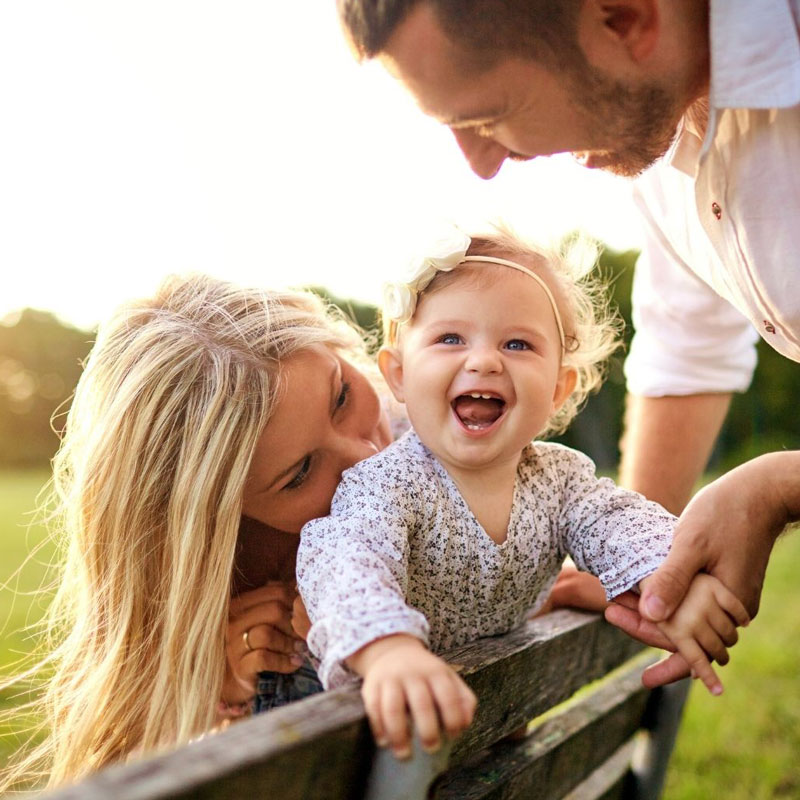What is the hardest part of managing a baby who requires an NG tube and oxygen?
There is a lot of planning, but you get used to it. The hardest part is being out and about and having people point and stare, or come up and ask “What’s wrong with her?” You do get used to it too, but the general sense that people feel so entitled to know what’s “wrong” with your baby is really full-on at first. I am all for educating people and raising awareness, but the negatively geared questions and assuming the worst and constantly being probed by strangers when you’re trying to enjoy a coffee with your family is something you should prepare for.
What happens if the NG tube comes out or if there is an issue with feeding or oxygen? What do you have to do?
Some families opt to be trained to reinsert NGs, but we decided not to, as Audrey was very distressed by the process and we lived close enough to the hospital that it would not be unsafe for us to drive in if we needed to. If there were any feeding issues we would contact our Feeding Team, but if we were worried about something to do with an acute illness or sickness affecting feeding, our GP or ED if necessary. We luckily didn’t have any issues with the oxygen, but the company provided their contact details should we need them.
What other needs or requirements come with an NG tube? Does it create any developmental delays that may require extra help?
Having an NG meant Audrey was being fed totally by the tube and never really got to build oral skills for feeding. We worked with her speech pathologist and dietician very closely to help re-introduce oral feeding, but there was always a limit to what we could do with the tube in place as Audrey was not hungry and had no drive to suck. During her tube wean she started to associate hunger and drinking milk as the cure for it, which helped her overcome her aversion to the bottle/breast feeding. I don’t think Audrey really had any developmental delays; for a while yes her oral feeding was behind in terms of bottles, but she started solids around 4 months and has always been quite ahead for her age with regards to eating solids.
What advice would you give to parents who may need to take their baby home from the hospital with an NG tube and/or oxygen?
Ask as many questions as you need to go feel comfortable, and don’t feel like you’re being rushed out of the hospital. If you aren’t comfortable, ask for more time/training. Try to share the load, waking up every 3 hours to hang a feed, then turn off the pump 45 minutes later gets really old very quickly. Make sure you both know how to use the pump well and administer medications in case one of you gets sick.
Make sure both of you know how to use the oxygen equipment – the hospital and home oxygen are slightly different in our experience.
If you have pets inside try to ensure they aren’t around during feed times or when the oxygen tubing is out, in case they pull it over (our big German shepherd knocked over our feed pump many times and milk was everywhere).
Reach out to someone who understands – the online group is such a great community and has so many people who know exactly what you’re going through. Sometimes asking them for hacks (like buying a walking stick to attach the feeding pump to) or just having a vent about your frustrations can be really helpful.
Overall, it can seem overwhelming but it is surprising just how quickly you get used to it. There is no feeling like having your baby home with you. You’ll soon forget they have the extra accessories and will just be so taken by life outside the hospital.










